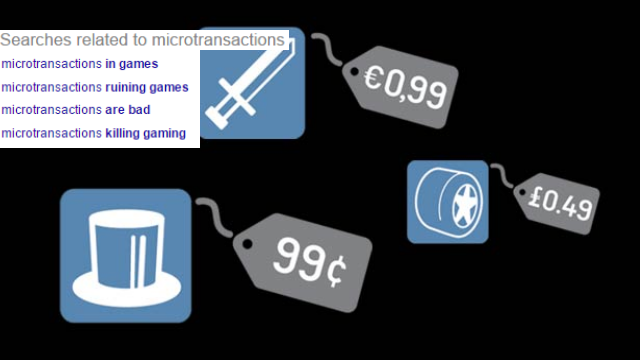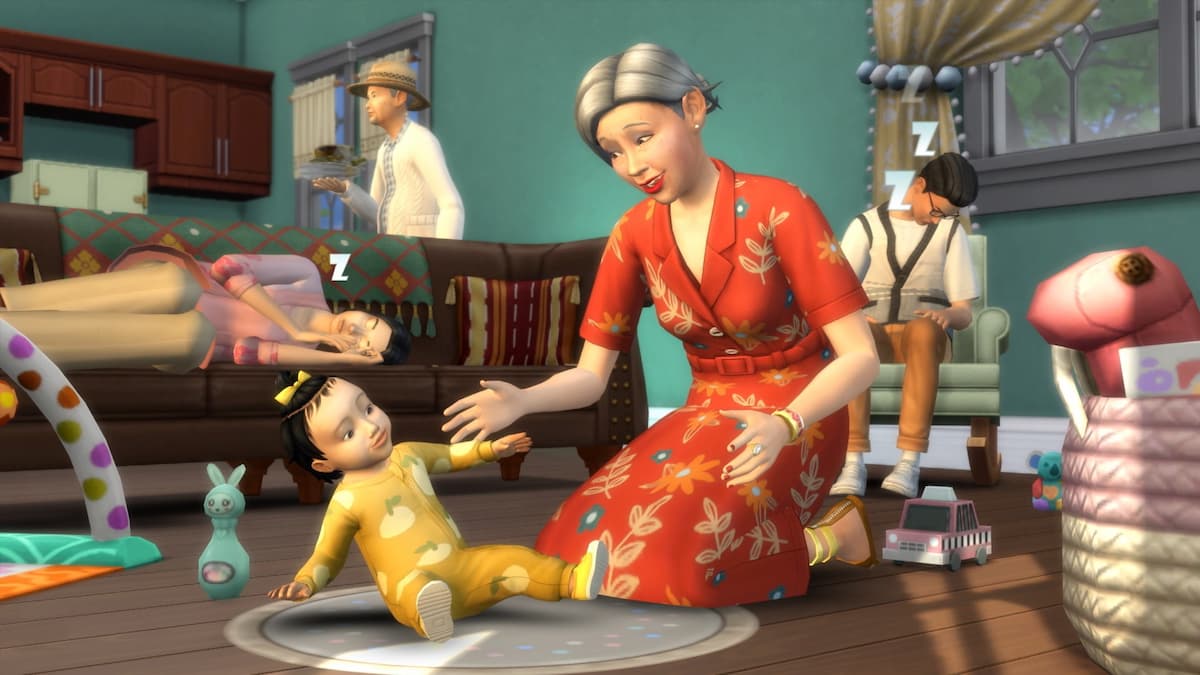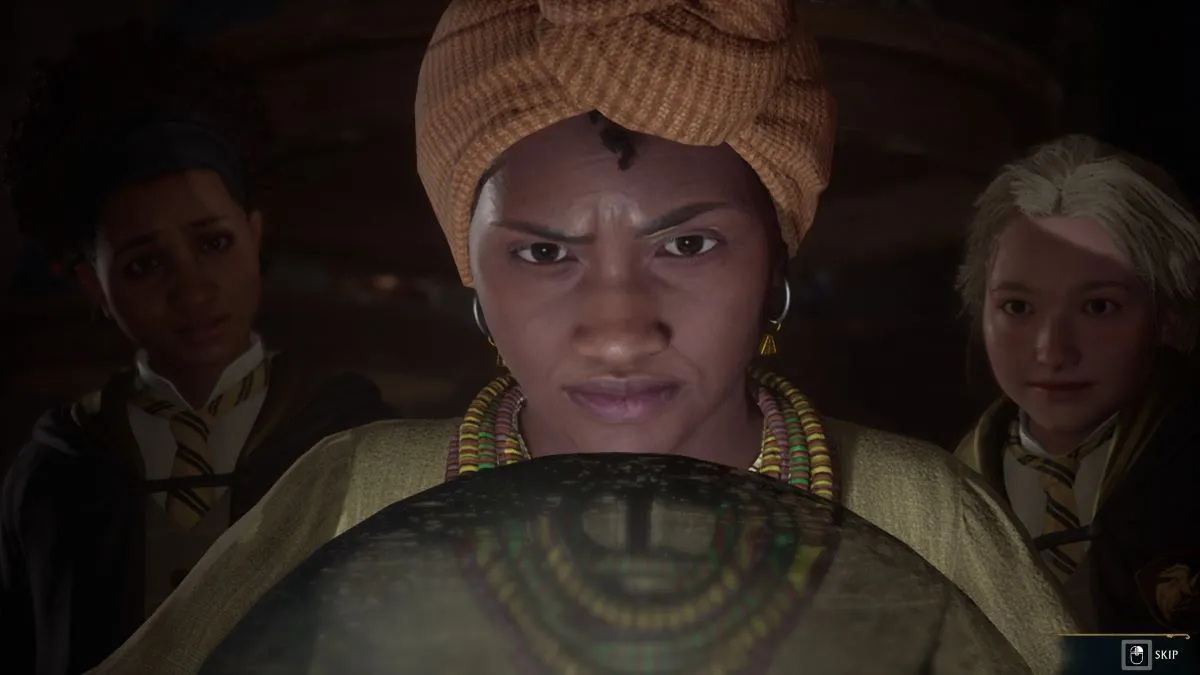If you’ve picked up and played a game in the past half-decade, it’s happened to you. You’ve clicked on a weapon you haven’t unlocked yet, seen a bright overlay on-top of that extra skill slot, or maybe you went a bit too far down the main menu, and you opened that large gleaming ‘Store’ button. If you’re very lucky, those have been the worst of it, but you keep seeing them everywhere. At worst, and these stories are becoming depressingly more frequent — that new piece of gear that drops for everyone but you is only available as a paid item; your main is finally added to the roster as paid DLC.
Micro-transactions, the literal game-changing monetization method that funded the app store and propelled mobile gaming into its adolescence, has been pushing its way back into the market from whence it came — and ruining it forever, if the internet is to be believed.
Defending micro-transactions was never the hill I wanted to die on, but let’s kick off the party that ends in my immolation at the stake right here: Micro-transactions aren’t going to ruin gaming. The situation isn’t as good as you might have hoped, but it’s not nearly as bad as you think it is.
Is There Such A Thing As A Good Micro-Transaction?
For starters, micro-transactions aren’t the revolution anyone thinks they are. The rise of the video game market, before home consoles were a technical possibility, and for years after, is closely tied to micro-transactions.
The secret origin of the micro-transaction, as told by Dan Griliopoulos, is found in one of the first pieces of gaming hardware:
“Arcade machines. . . follow the whole model the microtransaction businessmen tell us that they’ve just invented – big upfront investment by the company, paid back by micropayments driven by compulsion.”
By the time smartphone apps came around, the arcades had died out, and games were sold like software: pay a large amount once, and play it as much as you wanted. This model died in the early days of the app store: there was a ‘race to the bottom’ as consumers flocked to the lowest priced version of an app, regardless of quality. It hit games and game developers right in the wallet. The simple fact of mobile was that quality and success had a much weaker relationship than price and success. Profit in this environment came from charging lower prices to a wider audience, and hoping to make profits there.
Micro-transactions had seen success in the glory days of Facebook Gaming: while ads were the initial sources of profit, by early 2010 micro-transactions would account for “90 percent of . . . revenue.” Game developers took this strategy to the app store, and literally changed the entire landscape of mobile app development. On iOS, the most profitable games are all free-to-play titles, with revenue coming entirely from small in-app purchases.
The Games Industry Takes Notice
It would be wrong to ascribe micro-transaction’s growth in ‘hardcore’ gaming to any one particular player. Lots of companies were involved:
- Valve’s fanbase-splintering decision to make Team Fortress 2 a free-to-play title, supported entirely by in-game purchases of cosmetic items was a hot topic for months afterwards.
- Two years before that, Riot Games introduced the future king of Twitch, League Of Legends as a free to play title, supported entirely by purchases of in-game characters, stat-buffs and skins.
- Two years before that, before the first iPhone, before Android meant anything outside of science fiction, The Elder Scrolls IV: Oblivion had already started to sell horse armor for real-world money.
The saving grace of micro-transactions was this: by relying on profits generated by a small percentage of their community (the so-called ‘whales’), games could afford to ditch traditional payment methods. MMOs facing cancellation after a drop in subscribers could recover by retooling themselves as F2P titles. Top-rated, infinitely replayable games like Path of Exile were built as free-to-play, micro-transaction funded titles. Genre titles like Harmonix’s Rock Band were able to extend the lifespan of the title, by releasing over a thousand new songs as playable tracks, selling them as singles and collections.
Micro-Transactions Today: Who Foots The Bill?
The issue, of course, happened when micro-transactions were viewed not as an alternative to charging full-price for a game, but as an extension of it.
It doesn’t matter where it first happened: in a boardroom, college seminar, in a moment of drunken inspiration, wherever it was, someone thought: ‘What if I put micro-transactions in a $60 game and I still sold it for sixty dollars?’
When the rant begins about Publisher X ruining Game Y, this is often the result. Paid DLC isn’t new: paying for skins and cosmetics, even in single player titles isn’t a revolution either. The real frustration began when these charges became exploitative, charging players for features or items that should have been in the game to begin with, or overcharging for non-essential features.
The former generates unease because it changes how the game is perceived from the very beginning: if a game is fundamentally different without those items, it’s a bad experience. Offering players assistance for cash can challenge a gamer’s pride, but requiring an additional purchase to clear a particular challenge, or to avoid hours of tedious grinding? Calling it fleecing would be nicer than the practice deserves.
“No. No. God, I hope not.”
– Payday 2 lead designer, David Goldfarb, when asked if the team planned to introduce micro-transactions.
The past few years have seen some abuses of micro-transactions and appropriately negative reactions from the community:
- Payday 2, introducing micro-transaction based drops in 2015.
- Payday 2, after a year of feedback, drops micro-transactions,
- Evolve, retails at $60, majority of playable characters locked, with micro-transactions heavily encouraged to unlock extra content.
- Evolve keeps micro-transaction model, goes free to play.
- Overwatch is widely criticized for its use of micro-transactions: while items are cosmetic only, they are unlocked randomly, regardless of if they are acquired from in-game experience of through purchase.
As more games continue to add micro-transactions at launch, including the recent Assassin’s Creed: Unity, and Mortal Kombat X, the question becomes not only ‘how bad will it get?’ but ‘when will it stop?’
It Probably Won’t Be That Bad
The worst offenders were never that respectable to begin with, and communities have spoken, repeatedly and forcefully, when they cross the line. Gamers, a typically divided group, have been shockingly coherent when it comes to what they will and won’t allow. Even if they can’t stop micro-transactions financial appeal, or themselves from buying in — EA still makes over $650 million on DLC alone — their ability to impact change couldn’t be any clearer from the above examples.
“We are building (in) all of our games the ability to pay for things along the way, either to get to a higher level, to buy a new character, to buy a truck, a gun, (or) whatever.”
— Blake Jorgensen, CFO at EA
EA’s earnings are hardly an exception, and while some critics of micro-transactions hope the practice might die out on its own, it’s increasingly unlikely. Gamers have voted with their wallets, and while the majority may eschew DLC and its like, enough have paid for micro-transactions and in-game purchases that they are likely to become a permanent fixture. If they do vanish from the gaming landscape, it will only be because a more financially successful method has taken its place.
If micro-transactions are destined to ruin gaming, the best possible outcome is that they do it now, and do it quickly. The gaming industry can be naive, insular, myopic, and ignorant, but it has never failed to respond to the financial results of its actions. If micro-transactions as a practice are as cancerous and malignant as its biggest failures imply, failing fast is the best possible future for all parties involved.
The most likely answer is the simplest, the safest, and most unexceptional: micro-transactions are here and they’re going to be here for a while. When they cross the line, enough people will object that it ultimately becomes of little consequence. Most things ultimately are.












Published: Sep 5, 2016 06:52 pm